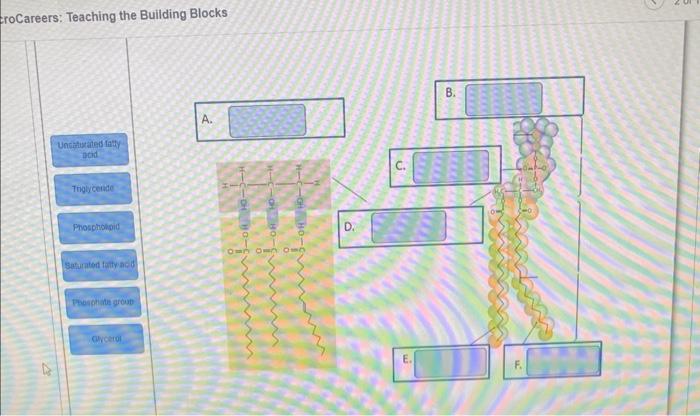Answered step by step
Verified Expert Solution
Question
1 Approved Answer
With this new concept in your students minds. you can now begin discussing how cells can utilize dehydration synthesis and hydrolysis reacfions to build macromolecules


Step by Step Solution
There are 3 Steps involved in it
Step: 1

Get Instant Access to Expert-Tailored Solutions
See step-by-step solutions with expert insights and AI powered tools for academic success
Step: 2

Step: 3

Ace Your Homework with AI
Get the answers you need in no time with our AI-driven, step-by-step assistance
Get Started


